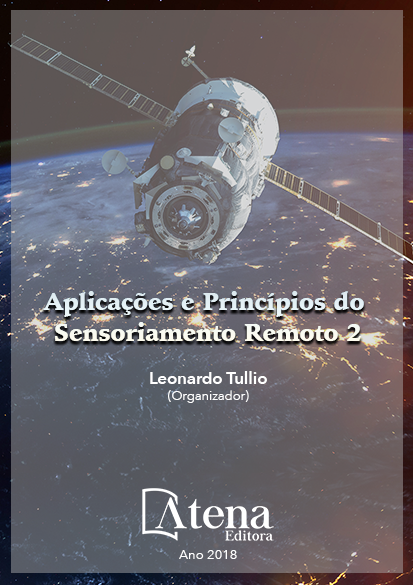
IDENTIFICAÇÃO DE ÁREAS SUSCEPTÍVEIS À OCUPAÇÃO IRREGULAR POR MEIO DE TÉCNICAS DE GEOPROCESSAMENTO NO BAIRRO DE GRAMAME, EM JOÃO PESSOA – PB
A luta por moradia tem sido crescente
no Brasil. Durante o processo histórico
de construção do país, alguns processos
tiveram como consequência o surgimento de
aglomerados urbanos subnormais e ocupações
de prédios abandonados organizados por
movimentos da sociedade civil. Estima-se que
atualmente existam cerca de 6 milhões de
famílias sem moradia e aproximadamente 7
milhões de imóveis vazios, sem função social,
provocando uma injustiça social. Em João
Pessoa, cidade em expansão, sobretudo para
a região sul, onde fica o bairro de Gramame,
houve um crescimento de quatro vezes o número
de habitantes entre os anos 2000 e 2010. Com
o objetivo de verificar os lotes públicos que se
encontram sem função social e que poderia
ter uma gestão mais eficiente, foram utilizadas
técnicas de geoprocessamento sobre dados
espaciais fornecidos pela Prefeitura de João
Pessoa. Foram estabelecidos critérios para
considerar diferentes níveis de susceptibilidade
à ocupação irregular desses lotes, dentre
os quais envolvem a infraestrutura local e a
declividade. Por fim, encontrou-se que de um
total de 1807 lotes públicos vazios no bairro, 5
foram considerados de baixa vulnerabilidade;
1.489 de vulnerabilidade razoável e 313 de alta
vulnerabilidade. Praticamente todos os lotes
públicos estão localizados sobre terreno plano
ou suave ondulado, estando apenas 127 sobre
relevo ondulado.
IDENTIFICAÇÃO DE ÁREAS SUSCEPTÍVEIS À OCUPAÇÃO IRREGULAR POR MEIO DE TÉCNICAS DE GEOPROCESSAMENTO NO BAIRRO DE GRAMAME, EM JOÃO PESSOA – PB
-
DOI: Atena
-
Palavras-chave: geoprocessamento, ocupação irregular, patrimônio público.
-
Keywords: geoprocessing, irregular occupation, public heritage.
-
Abstract:
The struggle for housing has
grown in Brazil. During the historical process of
construction of the country some processes have
resulted in the appearance of agglomerated
urban subnormal and occupations of abandoned
buildings organized by civil society movements.
It is estimated that there are currently about 6
million homeless families and approximately 7
million empty properties without social function,
causing social injustice. João Pessoa, city
in expansion, especially for southern region,
where is located the neighborhood of Gramame,
there was a growth of four times the number
of inhabitants between the years of 2000 and
2010. With the goal to verify the publics plots of
land that are without social function and that could have a more efficient management,
it was used geoprocessing techniques about geospatial data donned by municipal
government. Criteria have been established to consider different levels of susceptibility
to irregular occupation of these lots, among which involve local infrastructure and slope.
Finally, it was found that out of a total of 1807 empty public lots in the neighborhood, 5
were considered of low vulnerability; 1,489 of reasonable vulnerability and 313 of high
vulnerability. Virtually all public lots are located on flat or smooth corrugated land, with
only 127 on corrugated relief.
-
Número de páginas: 15
- Erickson Melo de Albuquerque


